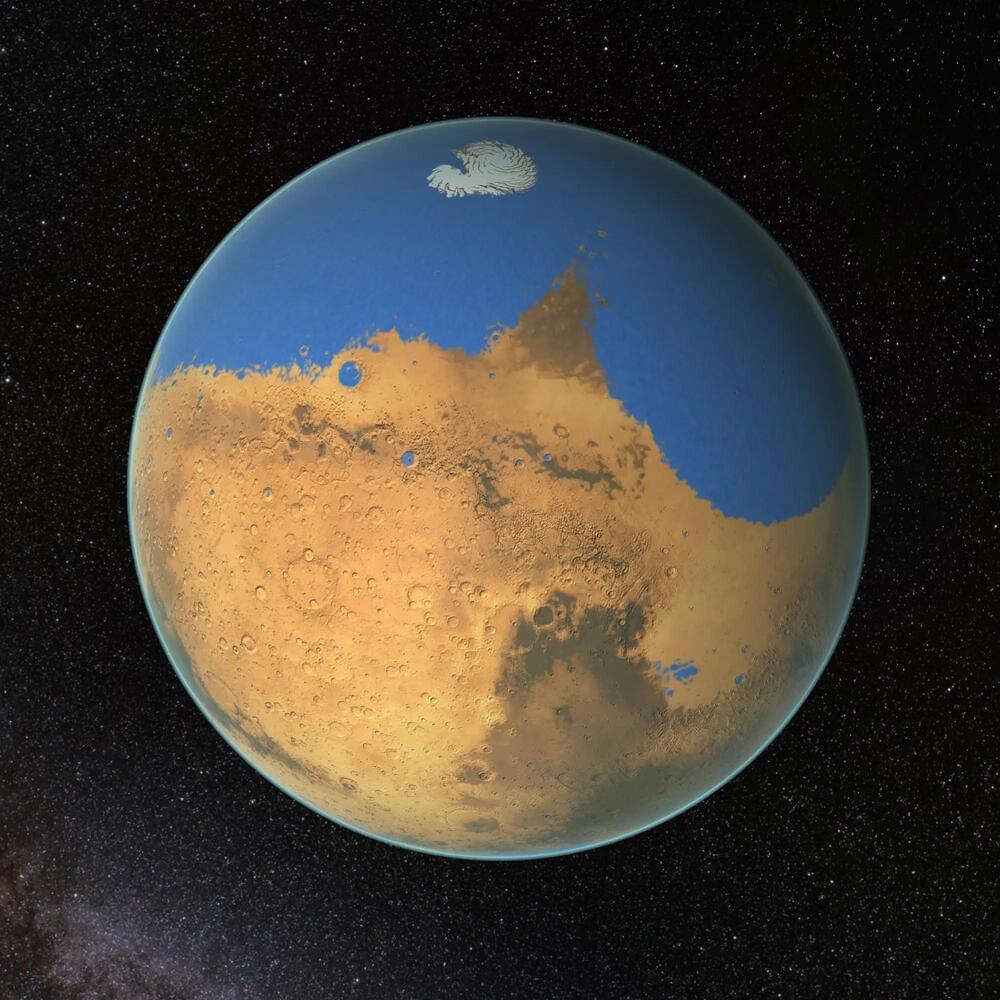“The fact that the groundwater isn’t as big of a process could mean that other things are,” said Eric Hiatt. “It might magnify the importance of runoff, or it could mean that it just didn’t rain as much on Mars. But it’s just fundamentally different from how we think about [water] on Earth.”
How much water on ancient Mars fell into aquifers to refill groundwater? This is what a recent study published in Icarus hopes to address as a team of international researchers led by The University of Texas at Austin (UTA) used computer models to calculate groundwater recharge rates in the southern highlands of ancient Mars. This study holds the potential to help scientists better understand the amount of water that potentially existed on ancient Mars and what this could mean for finding ancient life on the Red Planet.
For the study, the researchers used a combination of previously used and new computer modeling techniques to estimate how much groundwater recharge occurred in the Martian southern highlands, since most of the liquid water that existed on Mars billions of years ago resided in a vast ocean in the northern lowlands. In the end, the researchers found the aquifers in the southern highlands on Mars experienced an average groundwater recharge of only 0.03 millimeters (0.001 inches) per year. For context, the Trinity and Edwards-Trinity Plateau aquifers that are responsible for providing water for the city of San Antonio range between 2.5 to 50 millimeters (0.1 inches to 2 inches) per year, or between 80 and 1,600 times that of the Martian aquifers.
